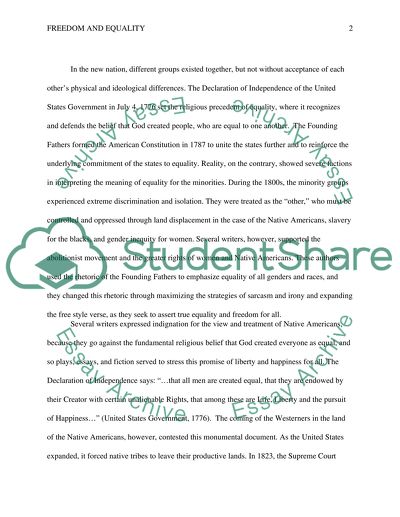Cite this document
(“Freedom and equality: Rhetoric in the pre-Civil War period Essay”, n.d.)
Retrieved from https://studentshare.org/literature/1455831-whose-america-
Retrieved from https://studentshare.org/literature/1455831-whose-america-
(Freedom and Equality: Rhetoric in the Pre-Civil War Period Essay)
https://studentshare.org/literature/1455831-whose-america-.
https://studentshare.org/literature/1455831-whose-america-.
“Freedom and Equality: Rhetoric in the Pre-Civil War Period Essay”, n.d. https://studentshare.org/literature/1455831-whose-america-.


